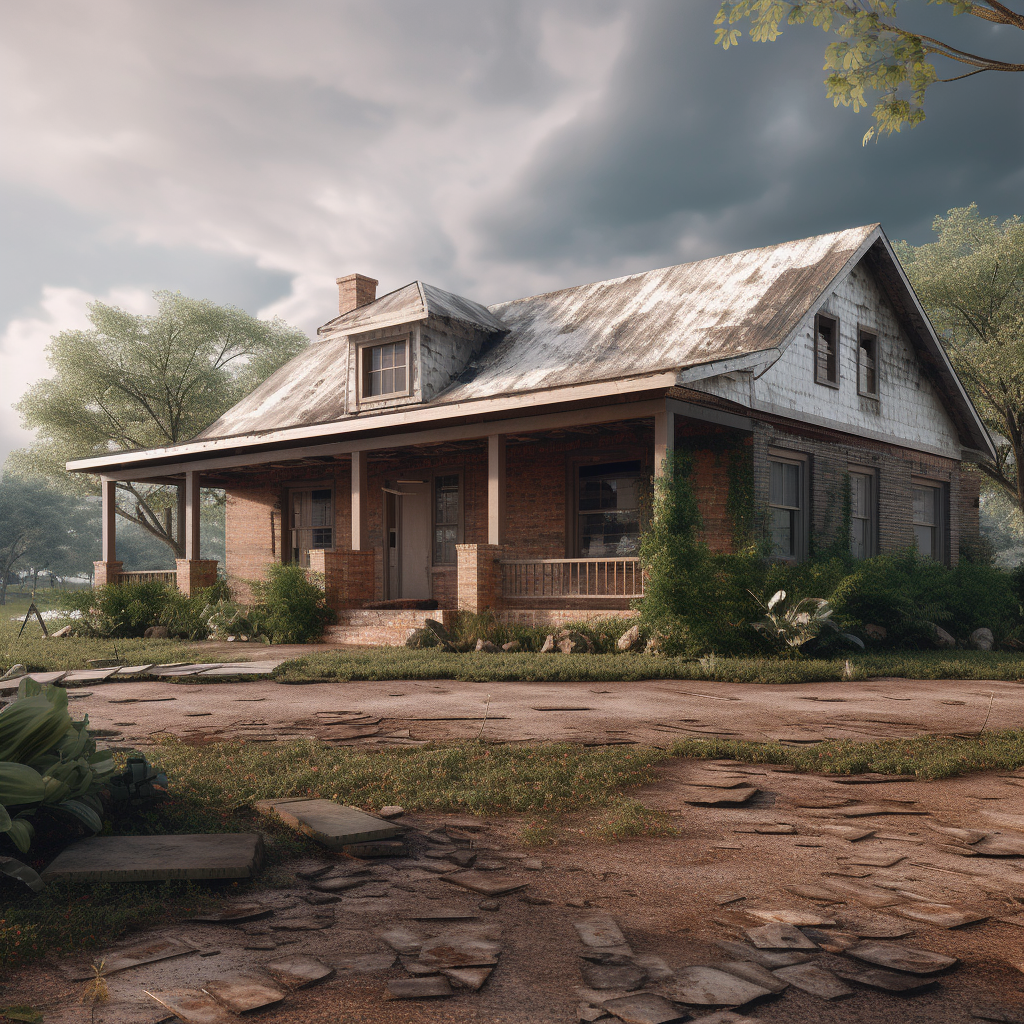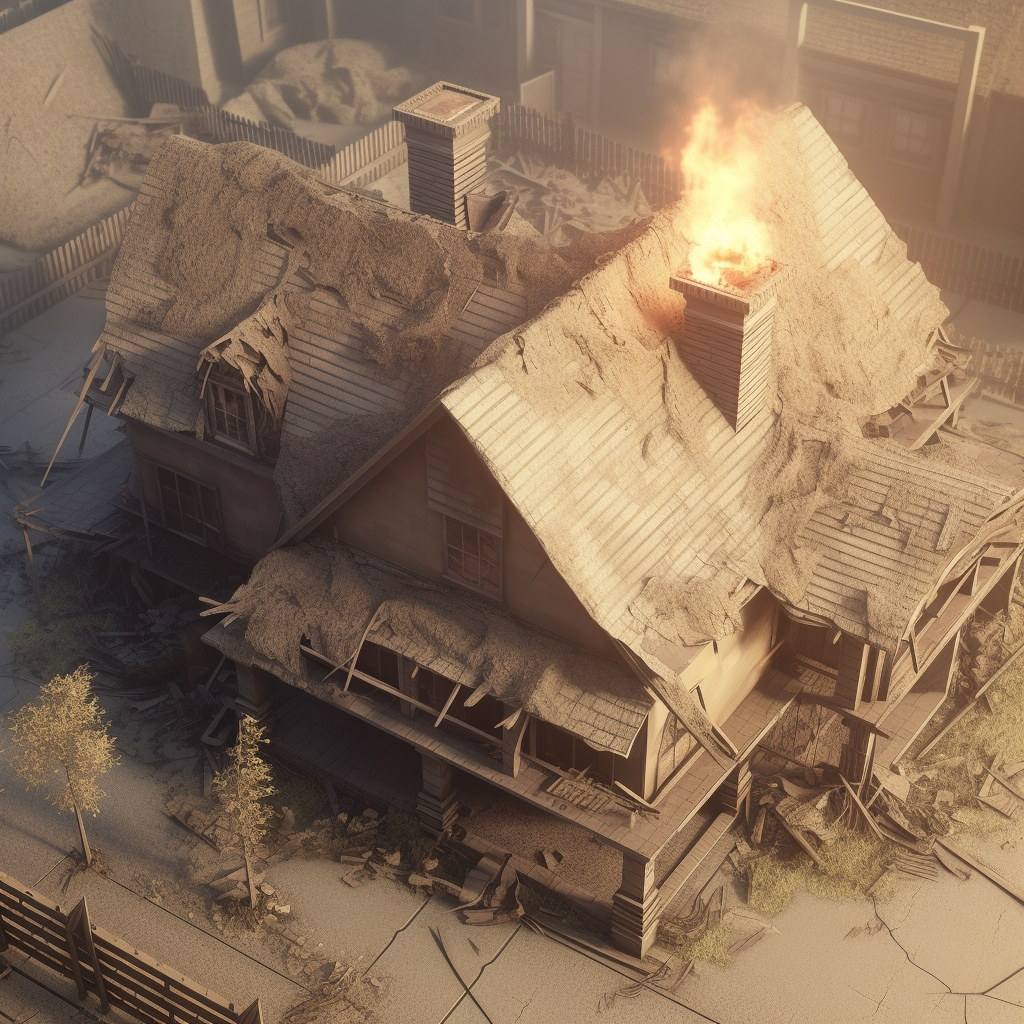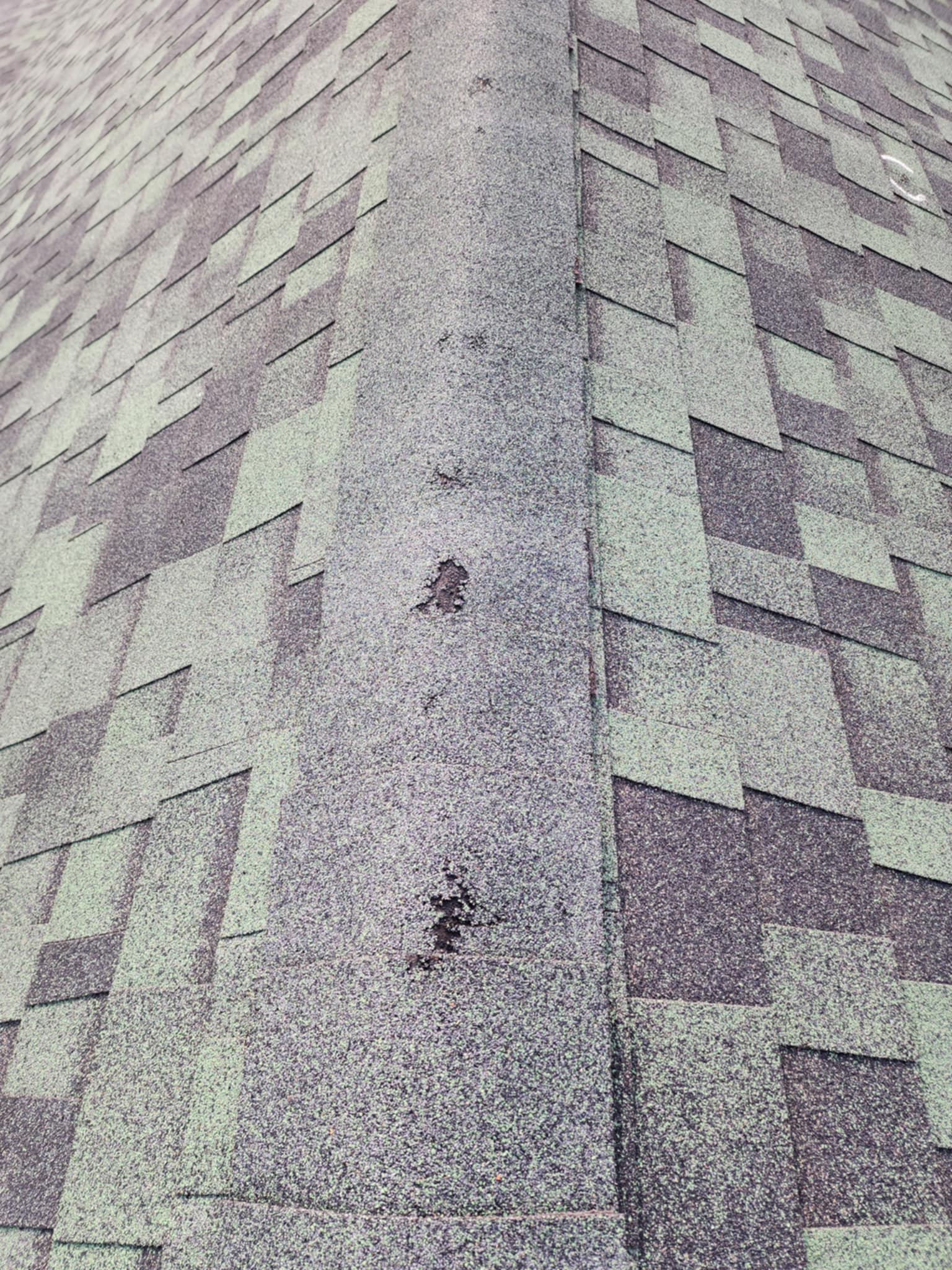When it comes to hiring a roofing contractor, it can be difficult to know who to trust. After all, your roof is one of the most important parts of your home, protecting you and your family from the elements. Here are some key things to look for when choosing a reliable and trustworthy roofing contractor:
- Proper Licenses and Insurance: A reputable roofing contractor should have all the necessary licenses and insurance to protect both you and their workers. Be sure to ask for proof of insurance and licensing before hiring a contractor.
- Local Presence: Choose a roofing contractor that has a local presence in your community. This ensures that they are familiar with local building codes, weather patterns, and other factors that can affect your roof.
- Experience and Expertise: Look for a contractor with a proven track record of experience and expertise in the roofing industry. A good contractor should have the knowledge and skills necessary to handle any roofing project, big or small.
- Warranty and Guarantees: A reliable and trustworthy roofing contractor should offer a warranty or guarantee on their work. This shows that they stand behind their work and are committed to providing quality service.
- Customer Reviews: Check online reviews and references to get an idea of the contractor’s reputation. A contractor with positive reviews and satisfied customers is a good sign.
At Texas Roofing and Home Improvements, we meet all of these criteria and more. As an Owens-Corning Preferred Contractor and an A+ Rated Business on the BBB, we pride ourselves on providing quality roofing services to homeowners in the local community. With three generations of experience in the industry, our team of experts has the skills and expertise necessary to handle any roofing project, from repairs to replacements. We also offer a Ten Year Workmanship Guarantee on our work, so you can have peace of mind knowing that your roof is in good hands. Contact us today to schedule a consultation and see the difference that a reliable and trustworthy roofing contractor can make for your home.



